Follicular Unit Extraction (FUE) now using the Sapphire Technique is a method of replacing hair in areas where hair is thinning out by implanting healthy follicles from elsewhere on the head. The area where the healthy follicles are taken from is known as the Donor area, which is usually located at the back of the head or scalp where a large volume of hair grows naturally.
The Sapphire FUE (Follicular Unit Extraction) Technique is a newer technique and unlike other hair transplantation procedures, FUE works on an individual hair basis. Each hair is extracted as a whole unit, complete with the necessary glands and then transplanted to the new area. Although less invasive, the procedure is very intricate, and this can lead to an FUE procedure taking slightly longer than the FUT method. This method of donor harvesting, removing follicular units one-by-one directly from the scalp, is what differentiates the FUE hair transplant from a traditional Follicular Unit Transplant (FUT), where the donor hair is removed from the scalp in one thin, long strip and then subsequently dissected into individual follicular units using a stereo-microscope.
In Sapphire FUE, the incision tools are made from sapphire gemstone. These tools are extremely sharp, allowing for precise incisions. The use of sapphire is believed to have advantages over traditional steel instruments.
Incision Size: The sapphire blades are very fine and can create smaller incisions compared to steel, which may result in less trauma to the scalp and potentially faster healing times.
Customisation: Surgeons can customise the shape, depth, and angle of the incisions according to the patient's natural hair growth pattern. This allows for a more natural-looking outcome.
Reduced Scarring: The smaller incisions made with sapphire blades may lead to reduced scarring compared to procedures done with steel instruments.
Benefits:
Minimised Trauma: The use of sapphire blades can lead to reduced trauma to the scalp. This can potentially result in less post-operative pain and discomfort.
Faster Healing: Smaller incisions tend to heal faster. This can mean a quicker recovery time for the patient.
Natural Results: The precise customization of incisions allows for a more natural-looking hairline and overall result.
Less Scarring: The finer incisions made with sapphire tools may result in less noticeable scarring in the donor area.
Suitable for Various Hair Types: Sapphire FUE is suitable for different hair types and can be used on patients with curly or coarse hair.
Reduced Risk of Complications: Due to the minimally invasive nature of FUE and the precision offered by sapphire tools, there may be a reduced risk of certain complications compared to older transplant techniques.
Un-Shaven Follicular Unit Extraction (U-FUE) Hair Transplant
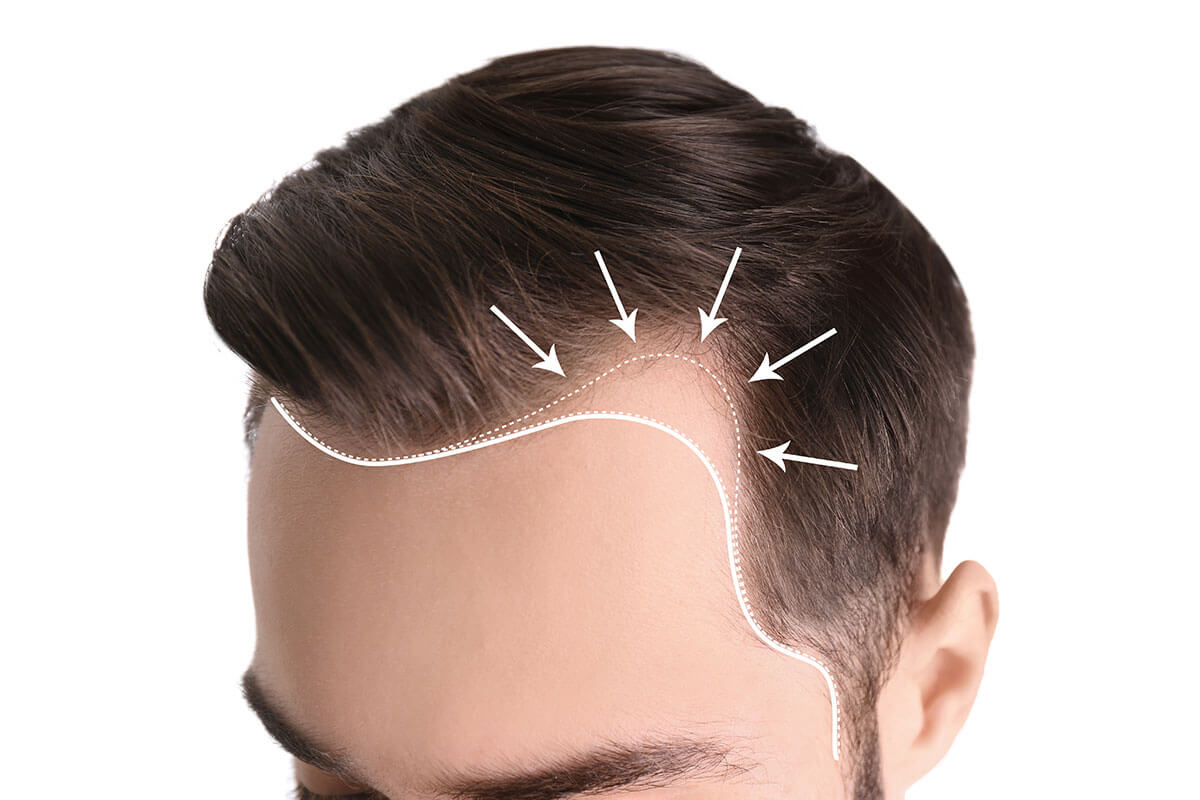
The U-FUE Hair transplantation procedure gives the clients the options not to have the head shaved before the procedure. Generally, the transplant will be carried out in the same manner as a normal FUE transplant. The only difference is that during the procedure the healthiest hairs are identified, so that they are harvested, transplanted, and grafted. Because of this, it is better suited for those suffering from small amounts of hair loss, rather than severe cases of hair loss. Some patients are anxious about this part of the process before hair restoration, however, there is no need to be. Advancements and research into technology have led us to the point whereby FUE can be carried out without shaving the head. This is especially desirable for those in the public eye, as well as those who want to keep their hair transplant a secret.
Beard FUE
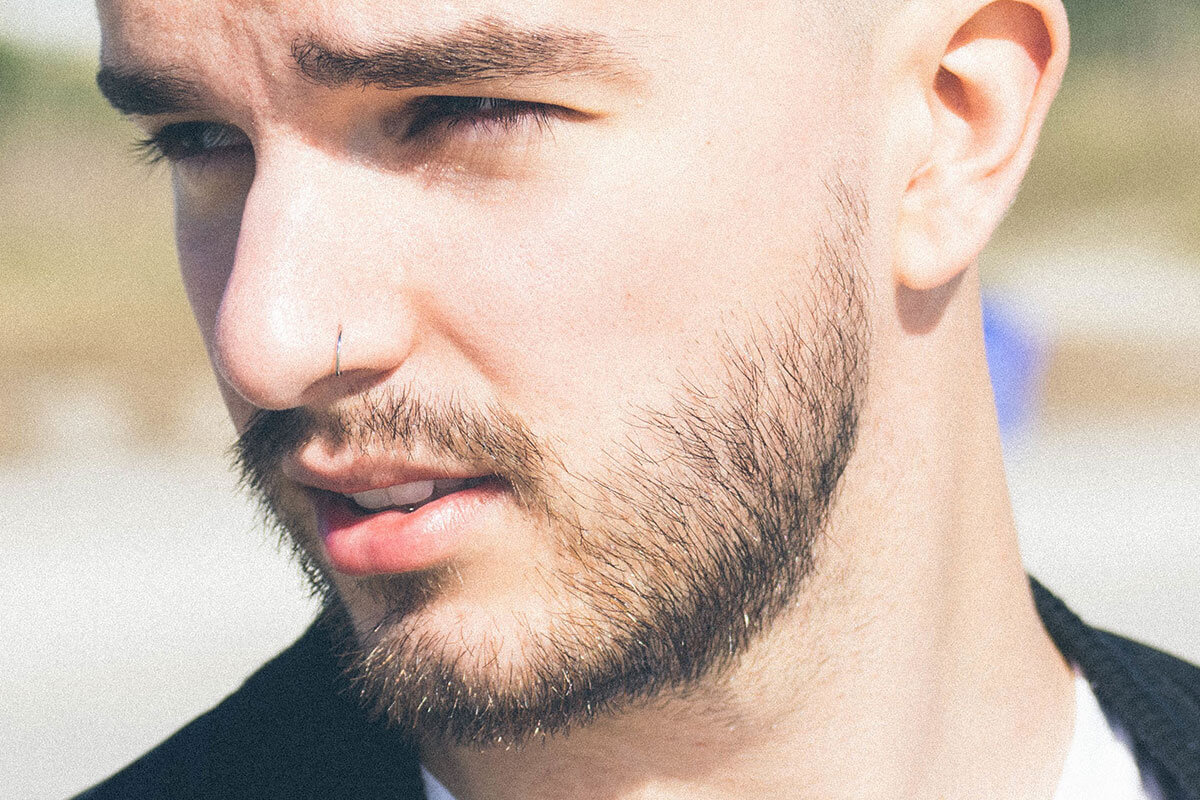
Some men lack facial hair and desire to have a stronger lower facial appearance for various reasons. Certain ethnicities are less hairy in the lower face and simply cannot grow a substantive moustache and/or beard. Accordingly, these ethnicities may be more likely to request facial hair transplantation to achieve a more masculine appearance to their face. At times, the goal is simply to reinforce and to strengthen the existing hair pattern, at other times it may be to create improved symmetry or to extend the area thereby improving the shape, or the goal may be more elaborate and extensive depending on individual taste and donor-hair capacity.
Eyebrow FUE

Some people are born with naturally sparse eyebrows, while others may lose eyebrows due to illness, surgery, skin conditions, trauma or over plucking.
Not only do eyebrow transplants require artistic input to create the preferred shape, length, and position, but the details of the flow of each eyebrow hair must be designed in such a way to be uncompromisingly natural. One drawback that every patient should be aware of is that hairs transplanted in the eyebrow region must be trimmed regularly (typically every other week) since hairs taken from the scalp retain their characteristics of faster growth.
Female eyebrow hair transplant – A female eyebrow is uniquely different from the male eyebrow in shape and position. There is often times a more pronounced arch and the eyebrow typically resides higher above the eyes in a female than the male eyebrow. Besides these general characteristics, female eyebrows are very unique and different for every woman.
Corrective FUE
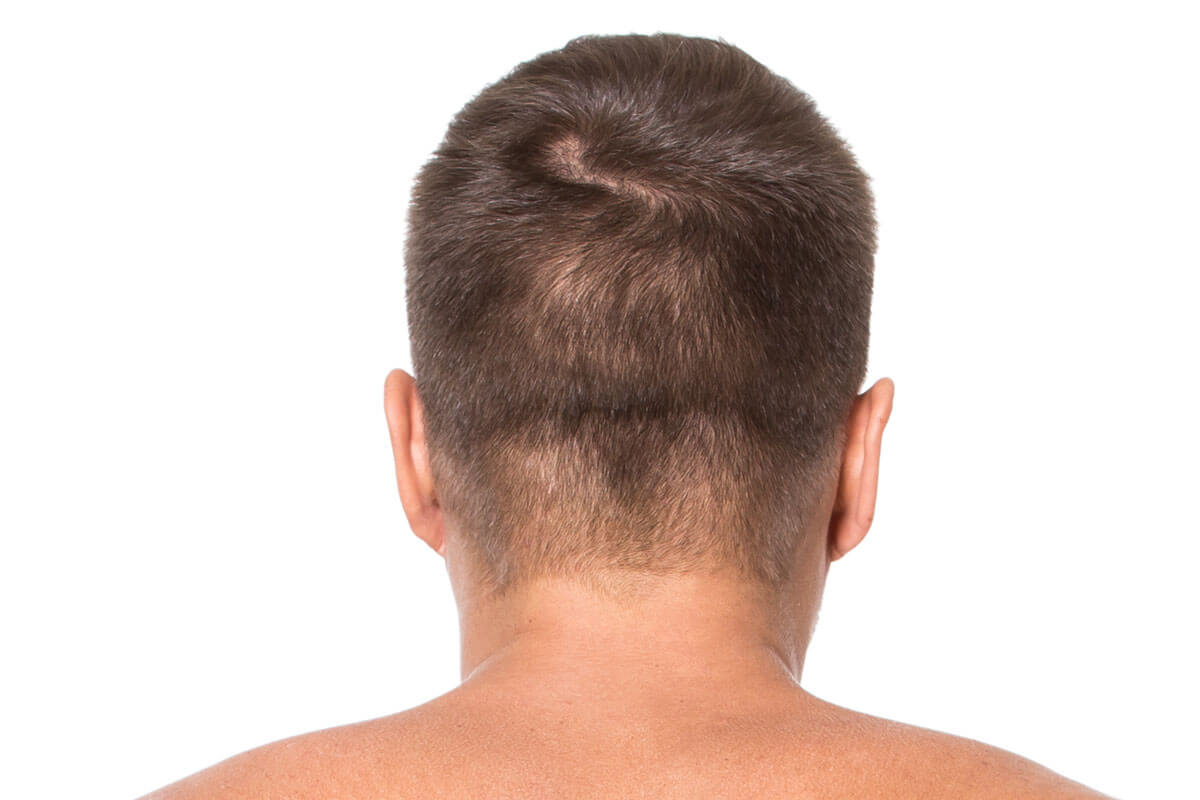
Unfortunately, many hair-restoration clinics still create very unnatural looking results, there are many reasons for this outcome. The hairs might not be placed with a clear artistic vision of what a natural appearing hairline should be or how to position that hairline on a prospective patient’s scalp relative to the shape of the head, amount of hair loss, and other factors. The quality of the hair restoration team may be lacking, without a high level of expertise with the hair transplant team, the result can fall far short of the desired aesthetic mark. The hair-transplant coordinator and the dissection team are responsible for the graft dissection and placement. If the grafts are poorly dissected, transacted, placed incorrectly into the wrong sites or manipulated harshly, poor or scattered growth can occur or worse yet kinky, unnatural looking hair. At Celtic Hair Restoration our experienced team have the expertise to help clients restore their confidence and can perform a corrective FUE procedure to give our clients a natural looking result.
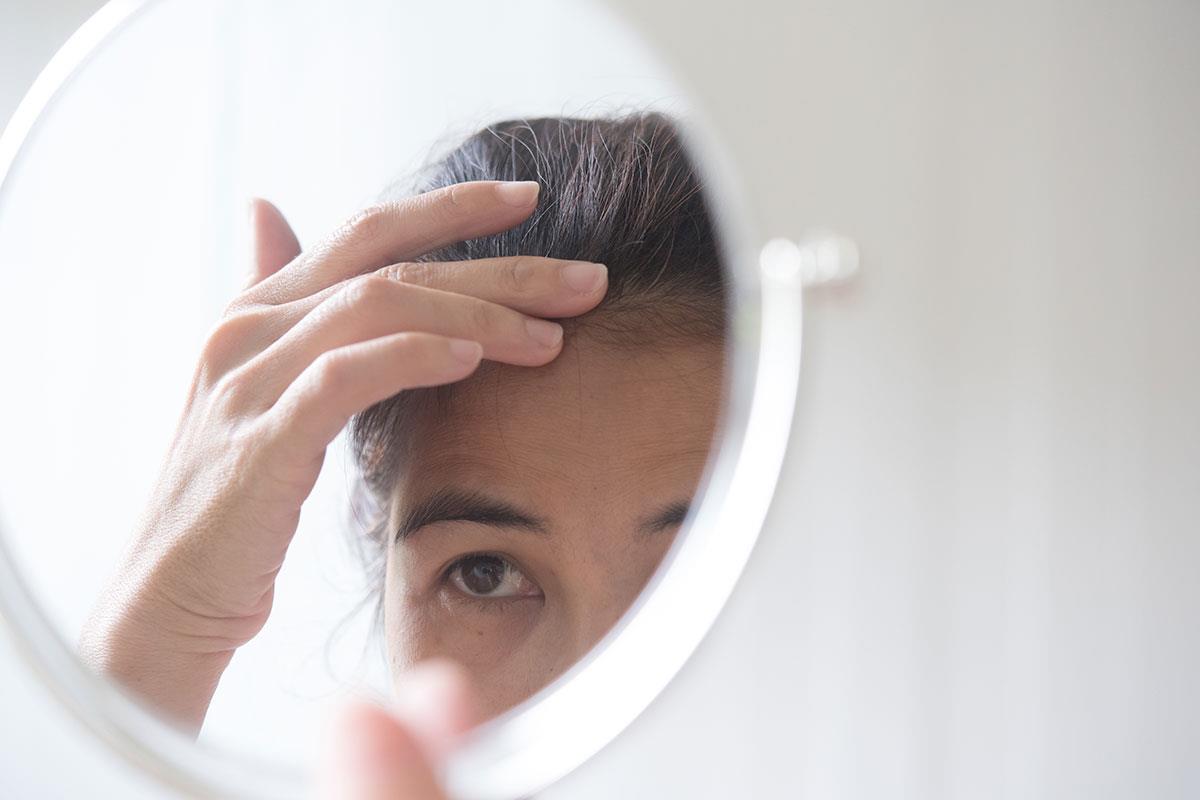
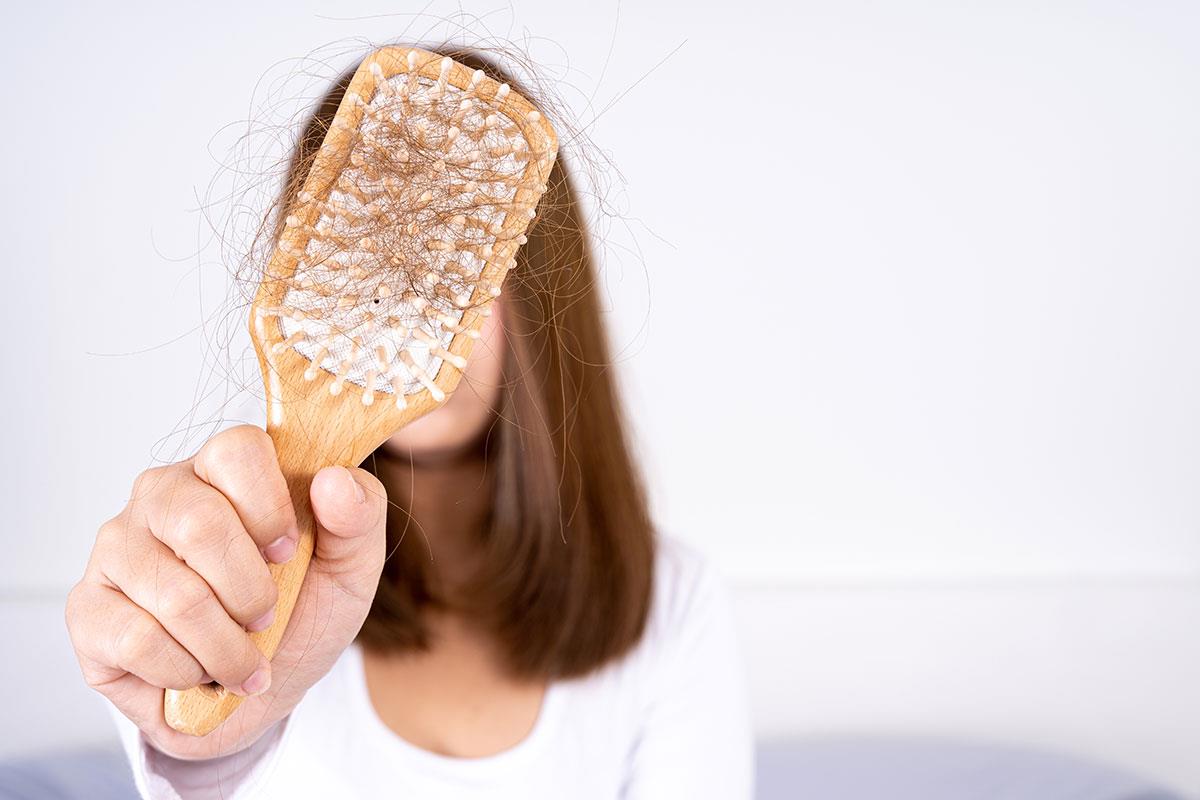
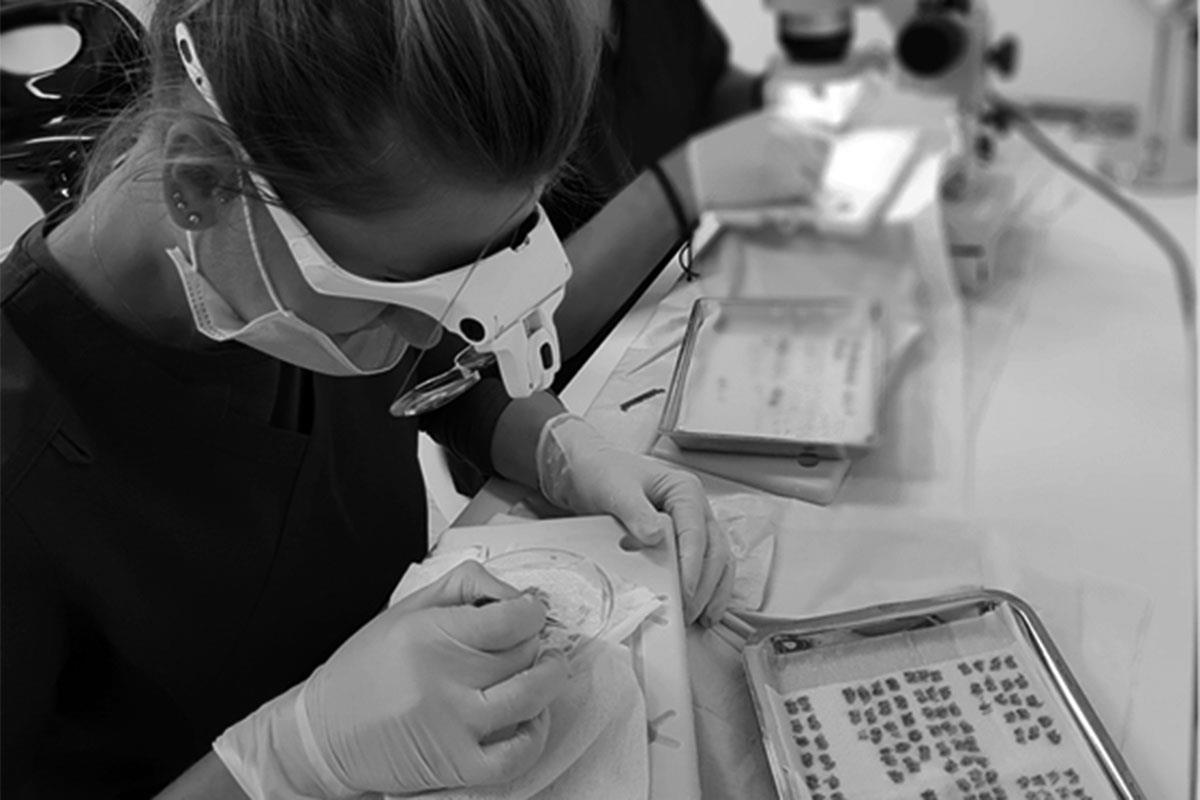
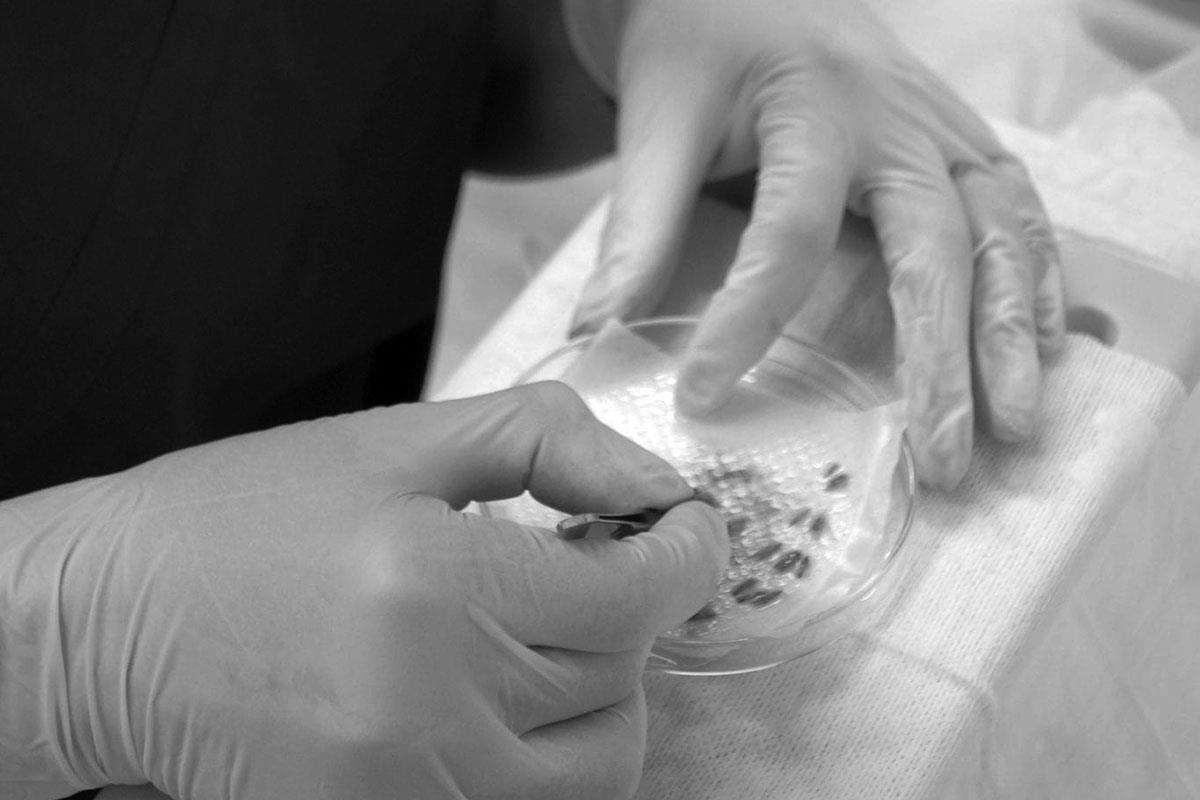
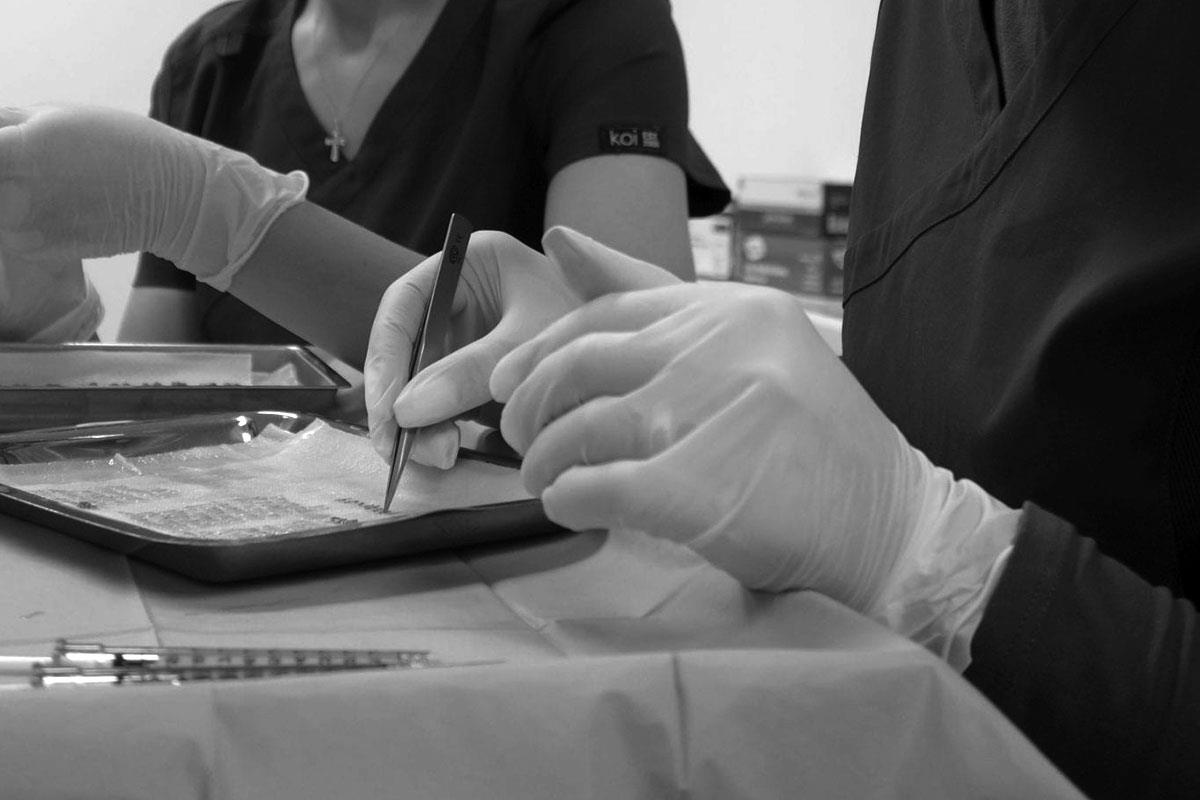
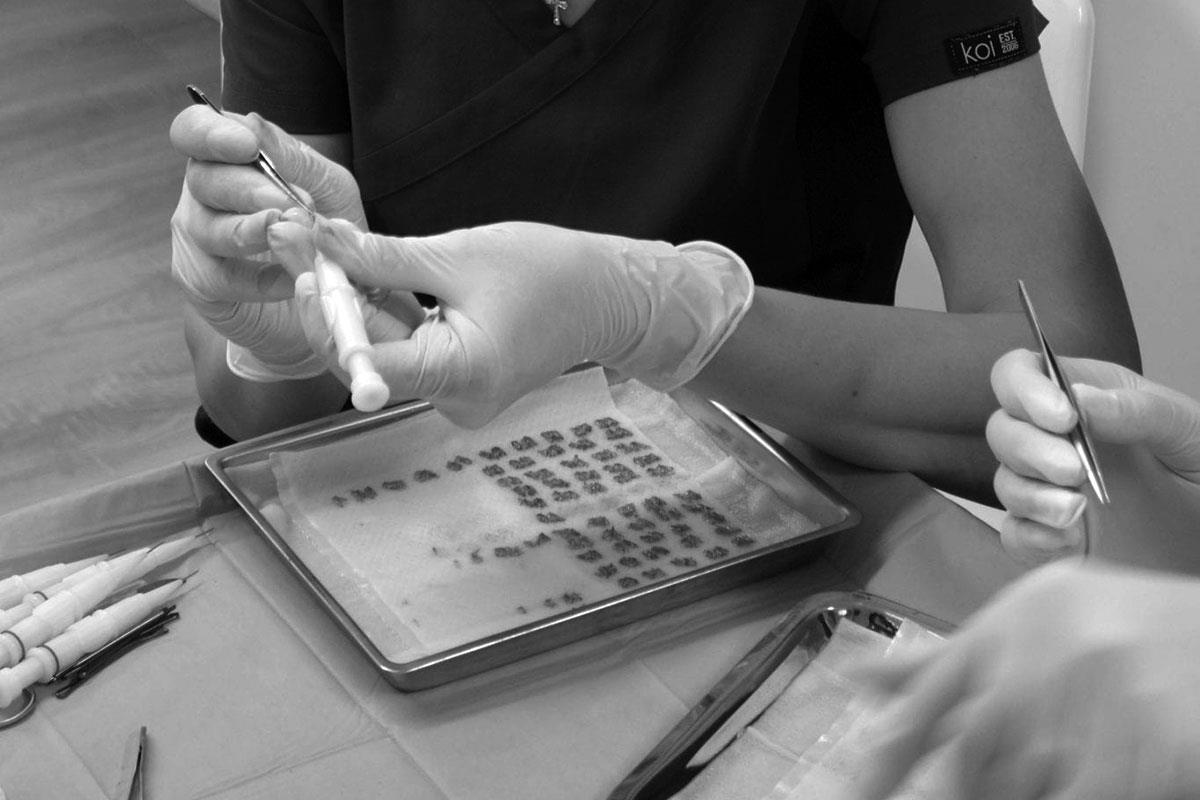
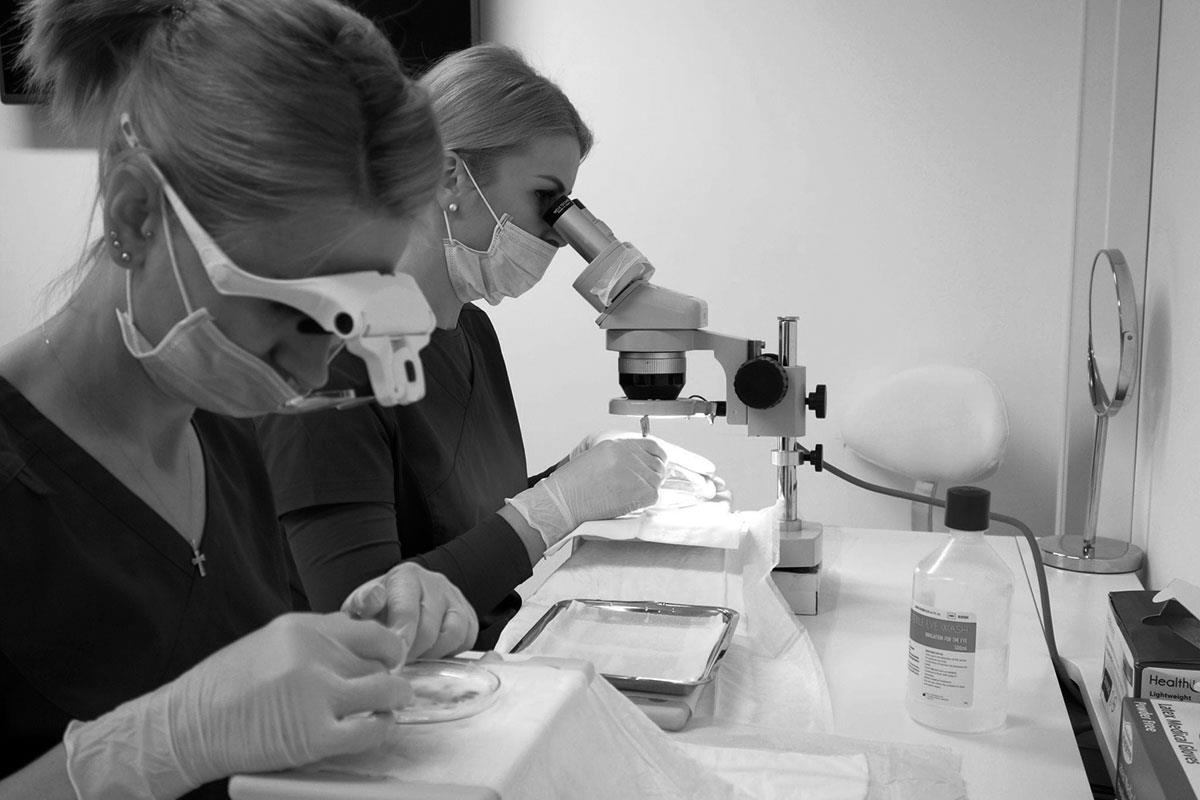
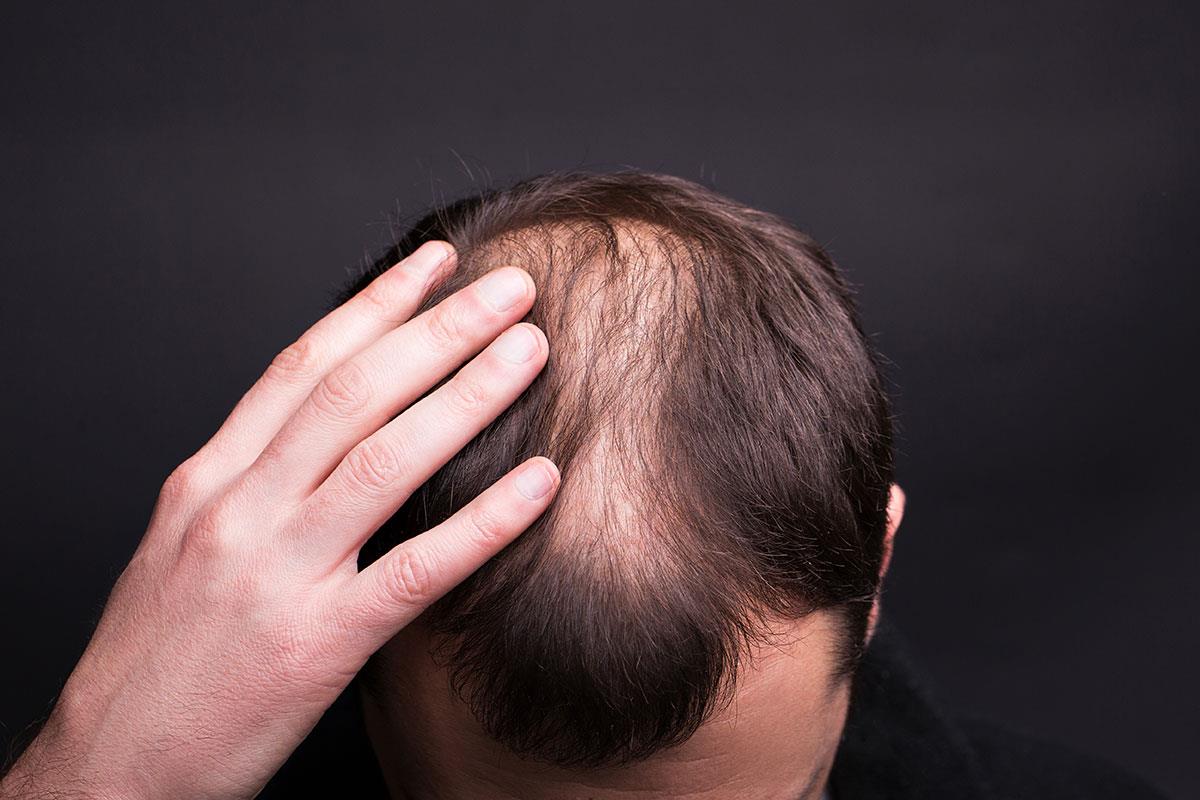
At CHR Clinic, we understand that the comfort and well-being of our patients are paramount. That's why we're proud to offer an advanced pain-free anesthesia technique in conjunction with our state-of-the-art Follicular Unit Extraction (FUE) hair transplantation procedure.
Pain-Free Anesthesia: Elevating Your Experience
Traditionally, the prospect of a hair transplant procedure may raise concerns about discomfort during the process. With our advanced pain-free anesthesia, we've addressed this concern comprehensively. This innovative technique ensures that you experience minimal to no discomfort throughout the procedure, allowing you to relax and fully entrust our experienced team with your transformation.
How It Works
Our pain-free anesthesia method employs a specialized combination of numbing agents that are skillfully administered to the treatment area. This targeted approach ensures that you remain completely comfortable throughout the entire process. Whether you're undergoing a small touch-up or a comprehensive restoration, you can expect a virtually painless experience.
Benefits of Pain-Free Anesthesia with FUE
Enhanced Comfort: Say goodbye to the anxiety associated with discomfort during the procedure. Our pain-free anesthesia ensures you're at ease throughout your FUE hair transplant.
Minimised Stress: By significantly reducing any potential discomfort, we aim to make your experience as stress-free and relaxing as possible.
Precise Application: Our skilled professionals apply the anesthesia with precision, ensuring the numbing effect is localised to the treatment area, leaving you comfortable without any unnecessary sensations.
Optimized Recovery: With reduced discomfort during and after the procedure, recovery is smoother and more comfortable, allowing you to resume your normal activities sooner.
Your Comfort, Our Priority
At CHR Clinic, we're committed to providing the highest level of care and comfort for every patient. Our pain-free anesthesia technique, combined with the cutting-edge FUE hair transplantation method, represents our dedication to ensuring your experience is as pleasant and seamless as possible.
Experience the future of hair restoration with CHR Clinic. Schedule a consultation today to learn more about our pain-free anesthesia and how it complements our advanced FUE hair transplantation technique.
Hair loss can be a very stressful and over whelming ordeal for any male or female and can affect your self-esteem. Even though a Hair Transplant is one of the solutions for hair loss, not all male or female with hair loss are a candidate for a Hair Transplant procedure.
Cause of Hair loss
There are a lot of different causes for hair loss in men and women and it might be overwhelming to experience them. One of the main reasons for hair loss is male or female pattern baldness and for that, the patients can undergo a hair transplant.
Male Pattern Baldness is a progressive hair loss that occurs in a specific pattern. The pattern in men is different to the pattern in women. Men develop recession at the temples, thinning and eventually a bald spot on the top of the head (vertex scalp), then ultimately total baldness over the entire crown.
Female Pattern Baldness is a pattern of hair loss (Alopecia) usually caused by hormones, aging and genetics. Unlike male pattern baldness, female pattern baldness is an overall thinning which maintains the normal hairline.
Age
You must undergo a hair transplant procedure at a specific age. Younger men who are under 25’s need to wait to get the procedure. By doing so, it ensures that the hair loss pattern has gone through all its stages, and they can undergo the treatment with ease.
Can I choose alternative treatments?
At Celtic Hair Restoration Clinic, we offer alternative treatments such as Natural Hair Growth Therapy , Laser Hair Growth Regeneration (LHGR) and Scalp Micro Pigmentation (SMP) as options for your hair loss.
There are FDA-approved medications like Finasteride and Minoxidil that are considered effective for hair loss. Although its results are effective but do not last for a long time. When you put the halt on the medications, the hair loss begins again.
Expertise and skills of the hair transplant Doctor and technicians
The skills are a vital part of the treatment success. The degree of scarring you will experience while getting the hair transplant will be determined by the ability of the Doctor and technicians. It is important to understand which technique they use and how many grafts and Hairs per graft are needed to be transplanted on the recipient site.
How much time does the recovery take?
If you are worried that it takes time to get back to your normal routine, then there is no need to do that. The first four days is very important to look after your transplanted hairs as it is vital to keep it clean and follow the simple aftercare instructions which will be provided to you, for most of the Clients, it takes 2 days to 7 days to get back to the normal working routine.
Your journey to Hair Restoration starts with a No obligation Consultation whether its online or in our Clinic in Dublin, Ireland.
Our highly qualified team will guide you through the options best suited for each individual Clients hair loss needs.